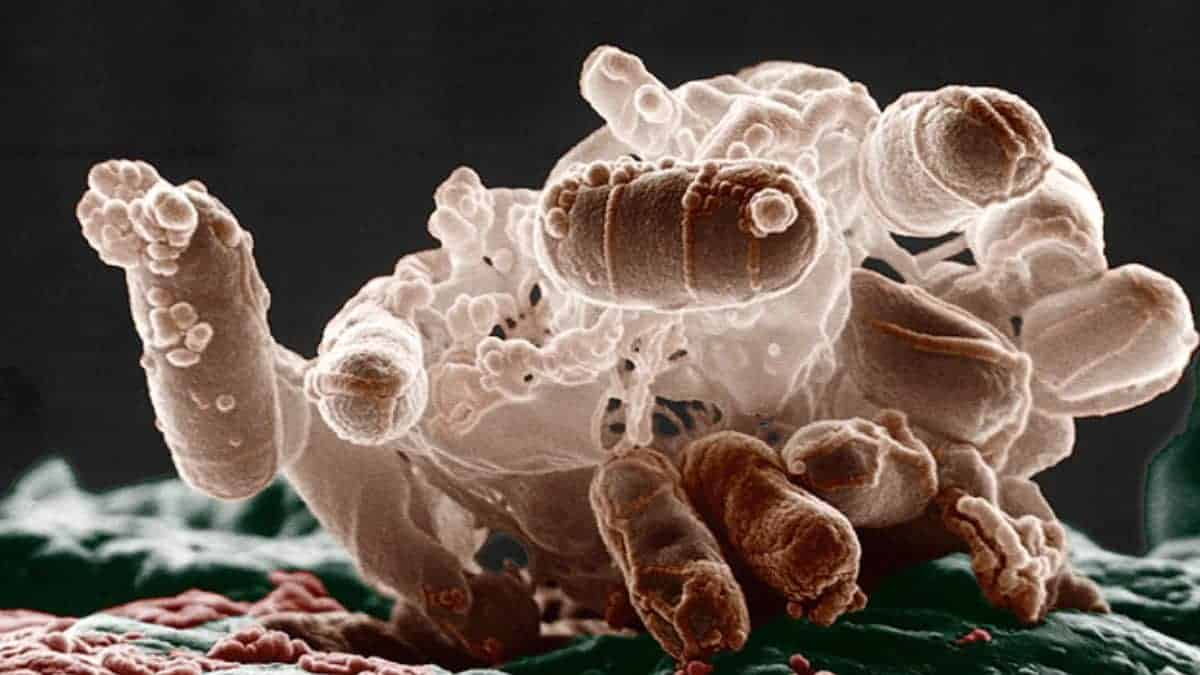Who founded the world’s first bacteria and how?

Bacteria is something which is present on this planet, as well in humans body. But who discovered this thing is still unknown to majority of people. So let’s go in detail about who discovered bacteria first and how it was discovered.
What is a bacteria?
Bacteria are single cell organisms which are almost everywhere on our planet and are necessary to the planet’s ecosystems.
Moreover, even a human’s body is full of bacterias. Majority of bacterias helps to improve human’s body health whereas some become the reason for various diseases.
Additionally, the bacterias are present in numerous size and shapes. Some are spherical, some are in rods shape whereas some are in spirals.
We know so much about bacterias but we hardly know the person who first discovered bacteria in the world.
Who discovered bacteria?
Antonie Van Leeuwenhoek was the first person to discover bacteria in the year 1676. He called them ‘animalcules’ which means small animals in Latin.
On September 17, 1676, Antonie Van Leeuwenhoek was the exact day when he discovered bacteria’s existence for the first time.
Antonie is a Dutch businessman who created the microscopic lens which he designed and used for observing bacteria. He documented microscopic observations of muscle fibers, bacteria, spermatozoa, red blood cells, crystals in gouty tophi, and blood flow in capillaries.
Some unrecognised facts about bacteria –
Moreover, in 1950, the US Navy officer fully filled the balloons with bacterias and bursted them over San Francisco. Due to which, the pneumonia cases got a huge spike in San Francisco.
In 2012, several new species of bacterias were recorded by the scientists. Those bacterias live just in the bellybutton of human beings. Moreover, the scientist revealed that the bacterias can see and feel in response to light.
However, Magnetospirillum magneticum is a free-living bacteria which can actively consume iron, convert it to magnetic magnetite, and travel through its environment using magnetic fields.


